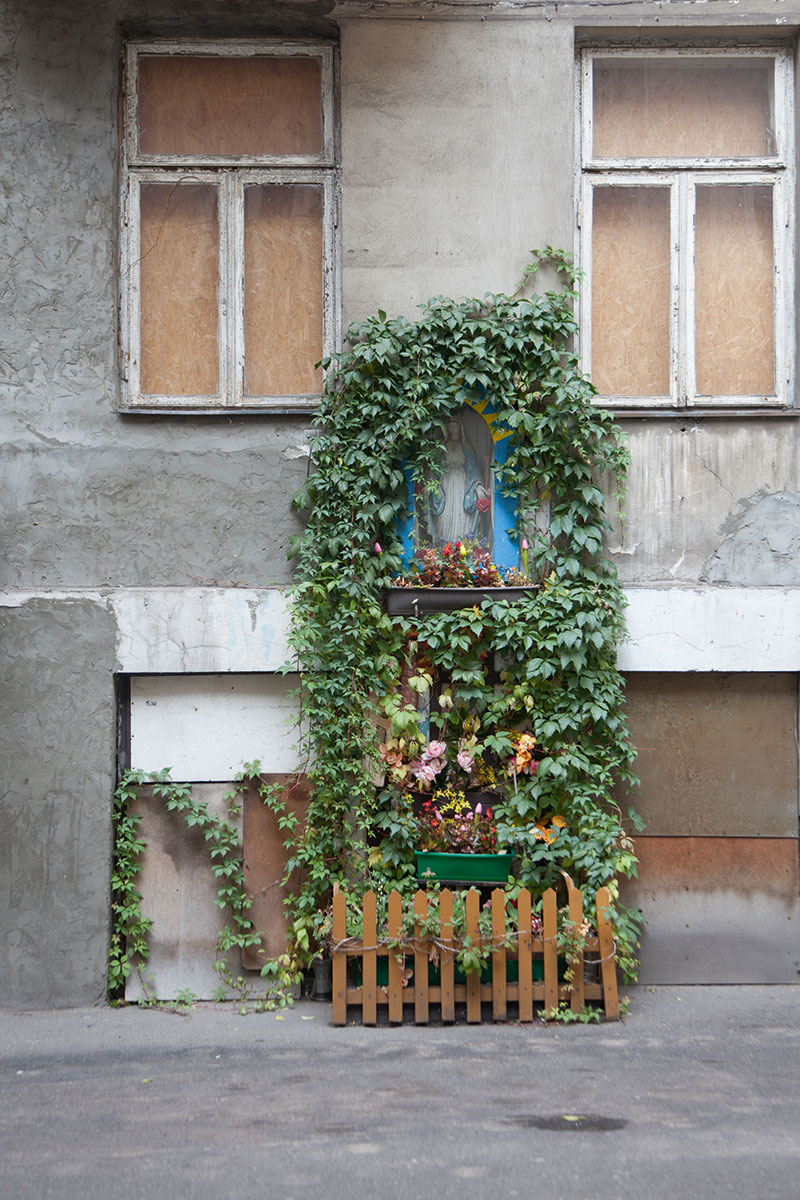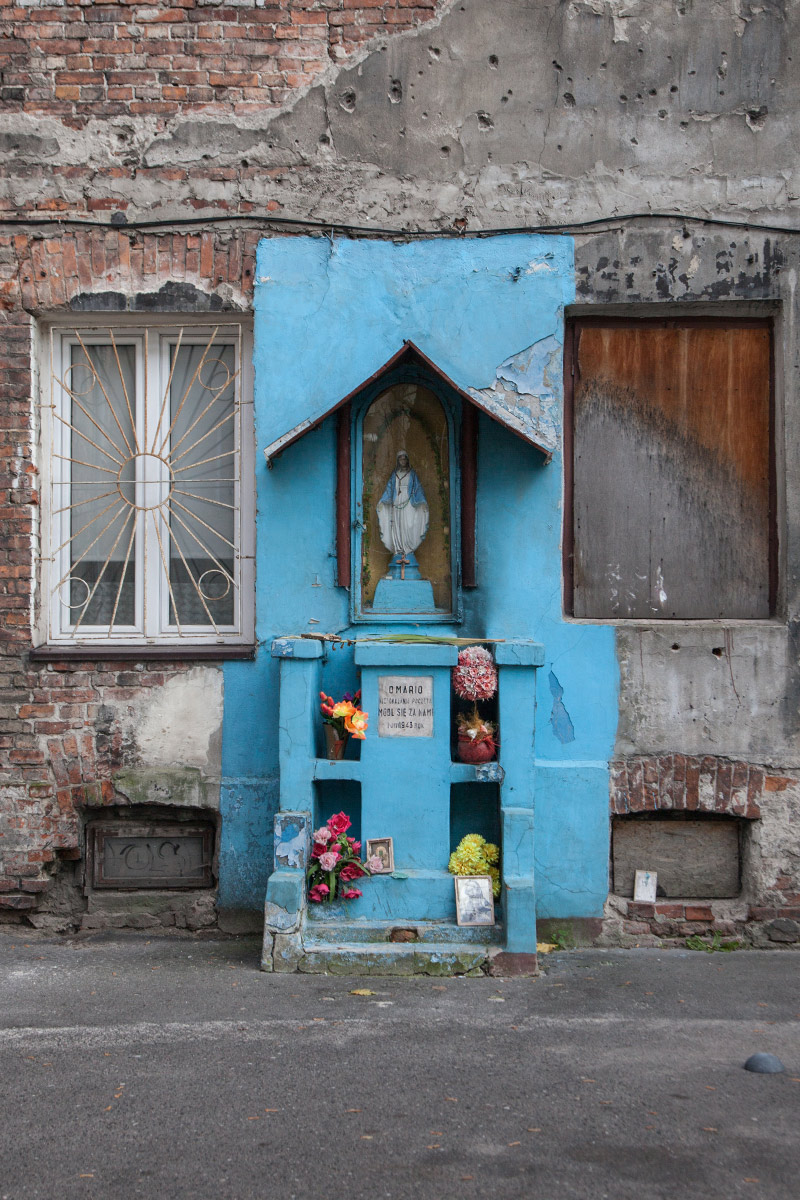When benchmarking Warsaw’s progress, its commonplace to refer to its downtown skyscrapers as the most visible evidence of economic evolution.
When benchmarking Warsaw’s progress, its commonplace to refer to its downtown skyscrapers as the most visible evidence of economic evolution.

Arguably, however, it is the development of Praga that’s a more accurate yardstick. Here, after all, the unthinkable has happened. Once an area of desperate deprivation, today it’s become a poster child for regeneration. Despite the ongoing gentrification, Praga has retained a strong sense of personality with much of this originality owing to its wartime survival. Sometimes likened to Berlin’s Kreuzberg, that gritty but creative vibe softens considerably when heading south into the affluent sub-district of Saska Kępa.
First arising just over a decade back, Praga is fame first and foremost for its murals. Ranging from chipped and fraying classics to freshly painted newbies, they’re an expression of the district’s raw and artistic underbelly. Executed by leading global street artists, highlights include the Bird & Snake at Bliska 23, Connor Harrington’s Fight Club on Środkowa 17 and Woman’s Head at Kowieńska 21.
Created in 1905, the English-style Park Skaryszewski is filled with ponds, scenic islands and secluded nooks. Points of interest include a memorial to the Polish victims of 9/11, sculptures by the likes of Henryk Kuna and Olga Niewska and a boulder unveiled by Elizabeth II marking the spot where a British plane crashed while dropping supplies to Polish insurgents in 1944.


For beautiful modern compositions hub.praga is one of Warsaw’s finest restaurants, but to really feel the spirit of the area then check out the divey shack housing Pyzy Flaki Gorące – the specialty is squishy dumplings served in a jar. For drinks, W Oparach Absurdu is a foggy den of iniquity where vodka shots are shared over the din of afro-beats and jazzy sounds.


The Neon Museum is impossible not to love, crammed as it is with the giant, magical neons that once illuminated socialist Poland. The Vodka Museum has also won international acclaim for its slick presentation of the history of the drink. Though these two are the biggies, save time for the Praga Museum, a place whose displays capture the character of the area with aplomb.
The Saska Kępa district came to bloom in the inter-bellum; it was then that the area found itself erupting with modernist villas. Hidden down sedate side streets, the area around Obronców and Katowicka streets provides particularly rich pickings. After, sip something bubbly at Flaming on Francuska 2 – set in the Łepkowskich Villa, this pearl comes complete with an exterior spiral staircase that leads to a verdant garden.
About 120 shrines await your discover around the battered, shadowy courtyards of Old Praga. Principally appearing during the occupation at a time when many churches were closed, each of these surviving throwbacks is unique and often embellished with fresh flowers, greenery, twinkly lights and occasionally kitsch and eccentric additions.



